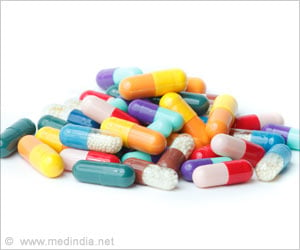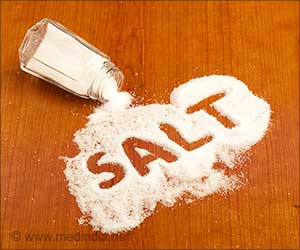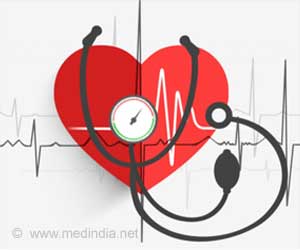The American Heart Association, American Society of Hypertension and the Preventive Cardiovascular Nurses' Association have issued a joint statement saying that hypertension can be managed better with routine home monitoring.
The statement says that there is strong evidence that the traditional way of measuring blood pressure in adults can be misleading."High blood pressure is notoriously difficult to treat to goal - many patients fail to reach target levels despite treatment, and studies show home monitoring can help. Blood pressure measurement and tracking could be improved with home monitoring by the patients themselves, in much the way people with diabetes monitor their blood sugar levels with home glucose monitors," said Thomas G. Pickering, M.D., D.Phil., chair of the statement writing group.
He said studies have indicated that between 10 percent and 20 percent of people diagnosed with high blood pressure in the doctor's office actually have the 'white coat effect,' i.e. their pressures are normal under other conditions, but rise in the medical setting.
"It is also believed that some people with normal blood pressures in their doctors' offices have pressures that spike to potentially dangerous levels in other situations," said Pickering, director of the Center for Behavioral Cardiovascular Health at Columbia Presbyterian Medical Center in New York, N.Y.
The statement indicated that home monitoring is especially useful in the elderly, who have increased level of both blood pressure variability and the white coat effect, as well as in patients with diabetes, patients with kidney disease and in pregnant women.
He noted that sue to the variability in the blood pressure in daytime, an occasional reading at a doctor's office doesn't give a complete picture of a person's condition. On the other hand, Home monitors can take multiple measurements during each session, and can be used at different times of day.
Advertisement
According to Nancy Houston Miller, R.N., co-author and former president of the Preventive Cardiovascular Nurses Association, nurses and nurse practitioners have a significant role to play in interpreting data from blood pressure devices and educating patients about needed lifestyle interventions and medications.
Advertisement
Hypertension increases the risk of heart attack and stroke and controlling it is essential to reducing that risk. The group behind the statement said home blood pressure monitoring is evidence-based healthcare that can improve the quality and lower the cost of caring for the 73 million people with hypertension.
Use of a home monitor can authenticate suspected or newly diagnosed hypertension and may do away with diagnosis for patients whose readings at the doctor's office don't correspond with their actual pressures over time.
Home monitoring can be used to evaluate the response to any type of antihypertensive treatment, and to motivate patients to take their medications regularly.
The statement is published online in Hypertension: Journal of the American Heart Association, the Journal of the American Society of Hypertension and the Journal of Clinical Hypertension and printed in the June issue of Journal of Cardiovascular Nursing.
Source-ANI
RAS/K





